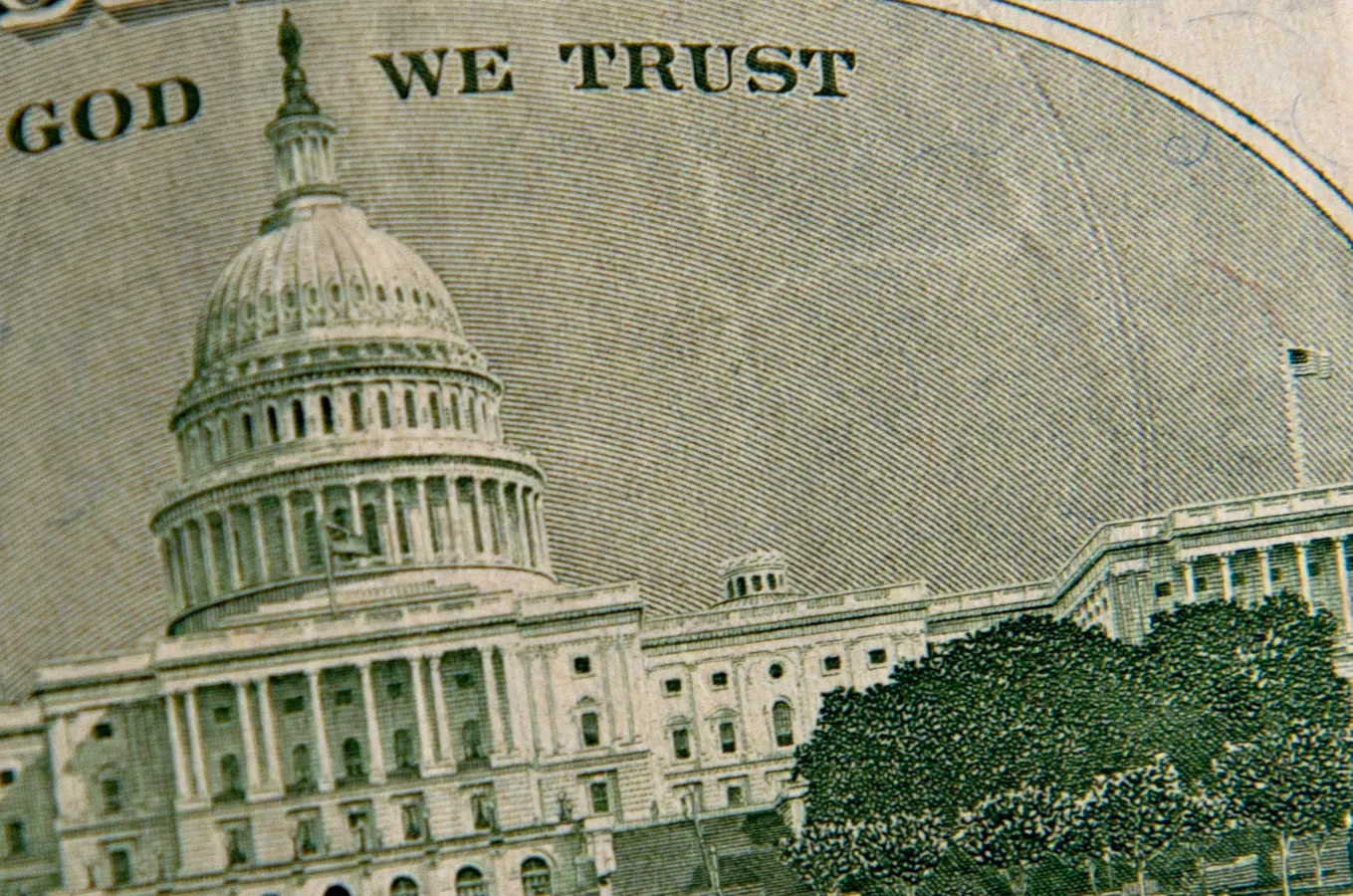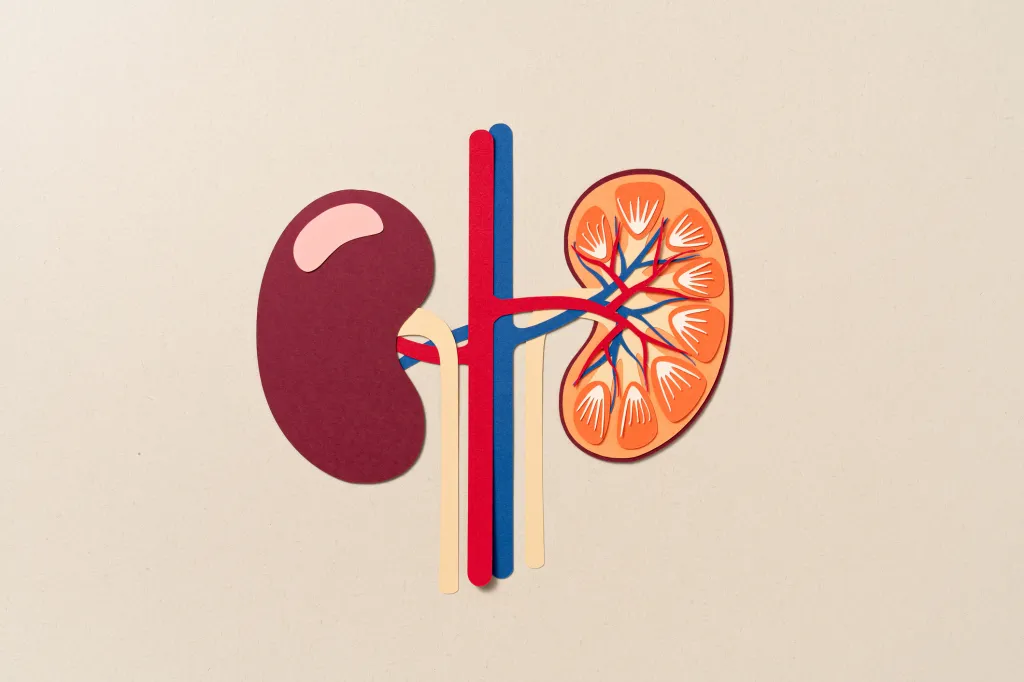By Ben Ritz,Contributor
Copyright forbes

Congress may lock in federal spending that fails to keep up with economic and population growth for the second year in a row, potentially leading to historically low levels.
AFP via Getty Images
Disagreements over the future of pandemic-era health insurance subsidies are threatening to prevent Congress from passing a continuing resolution (CR) needed to prevent a government shutdown on Wednesday. But all the focus on health care has drawn attention away from the effects of the CR itself, which could lead to lawmakers unintentionally imposing some of the deepest spending cuts in modern history.
Congress is supposed to pass 12 appropriations bills each year to fund the roughly 30% of government spending that doesn’t operate on autopilot. When lawmakers fail to pass a new appropriations bill before the previous one expires, they use CRs to temporarily continue government funding using the previous year’s funding levels and policy directives. From 1998 to 2011, CRs covered about one-third of the average fiscal year. But Washington’s dependence on them has risen in recent years: the federal government has been funded by a CR nearly half the time since 2011. And in four years — 2007, 2011, 2013, and 2025 — a CR lasted the entire year, meaning Congress simply declined to pass an appropriation bill.
Now, Congress may rely on a year-long CR yet again to continue avoiding the plethora of policy issues more directly related to the appropriations process than the expiring health-insurance subsidies (which are considered mandatory spending not normally part of the appropriations process). That approach would be unprecedented because Congress has never before gone two consecutive years without passing any original appropriations bills. And there are serious consequences to operating the government at funding levels set more than 18 months ago.
Even as inflation and our population continue to grow, partisan gridlock and caps imposed by the Fiscal Responsibility Act of 2023 (FRA) have kept federal spending on discretionary programs relatively flat in nominal dollars for the past few years. Recent CBO estimates suggest that discretionary outlays could fall below 6% of gross domestic product for the first time in more than 60 years if funding remains flat in nominal dollars for yet another year. That level would be even lower than the FRA caps for FY 2026, which would have been so tight that Congress made them non-binding.
These reductions in real funding levels have concrete consequences across the government. For example, funding for Head Start — which acts as an important federal pre-K provider for low-income households — has remained flat since FY23, even while program costs per child have risen. This has resulted in 63,000 fewer funded child slots between 2023 and 2024 (although data for 2025 is not yet available, higher education costs will likely accelerate this trend).
MORE FOR YOU
The Department of Housing and Urban Development provides a limited number of housing choice vouchers every year to assist low-income Americans in paying their rent. But since June 2023, the average cost of maintaining a voucher has grown by roughly 20% while funding has remained flat, meaning they were able to issue only half the number of new vouchers in June 2025 as they did two years prior.
This story is repeating itself across the government. The longer Congress relies on continuing resolutions, the more agencies and programs will find themselves with fewer and fewer resources to fulfill their core missions and meet growing demand.
Some lawmakers may welcome these cuts as a backdoor way to shrink the government’s spending levels. But there’s a difference between strategic reevaluation of spending and the indiscriminate atrophy that CRs cause. CRs lock in agencies at last year’s funding levels and priorities, regardless of whether those levels meet current needs (unless Congress makes deliberate adjustments through so-called anomalies). They legally bar agencies from spending money on any new programs, disrupt their long-term planning, delay the timeline for any grants they distribute, and generally result in staffing freezes. And they make no distinction between effective programs in need of investment, and those where a budget cut might be warranted.
These outdated guidelines hamstring federal agencies. For example, the National Park Service is grappling with a $23 billion maintenance backlog that it cannot meaningfully address under a CR. Congressional direction that is now several years old, continued flat funding, and the prohibition on spending money for new projects, means that the agency is unable to allocate the money for addressing new maintenance needs when they arise.
A government shutdown would be costly and disruptive, but another year-long CR that locks in outdated budget priorities and directives could do even more lasting damage. To avoid the worst of these consequences, Congress must resolve the current stand-off with the shortest CR possible and move quickly towards passing full appropriations legislation.
PPI Policy Analyst Alex Kilander contributed to this analysis.
Editorial StandardsReprints & Permissions



